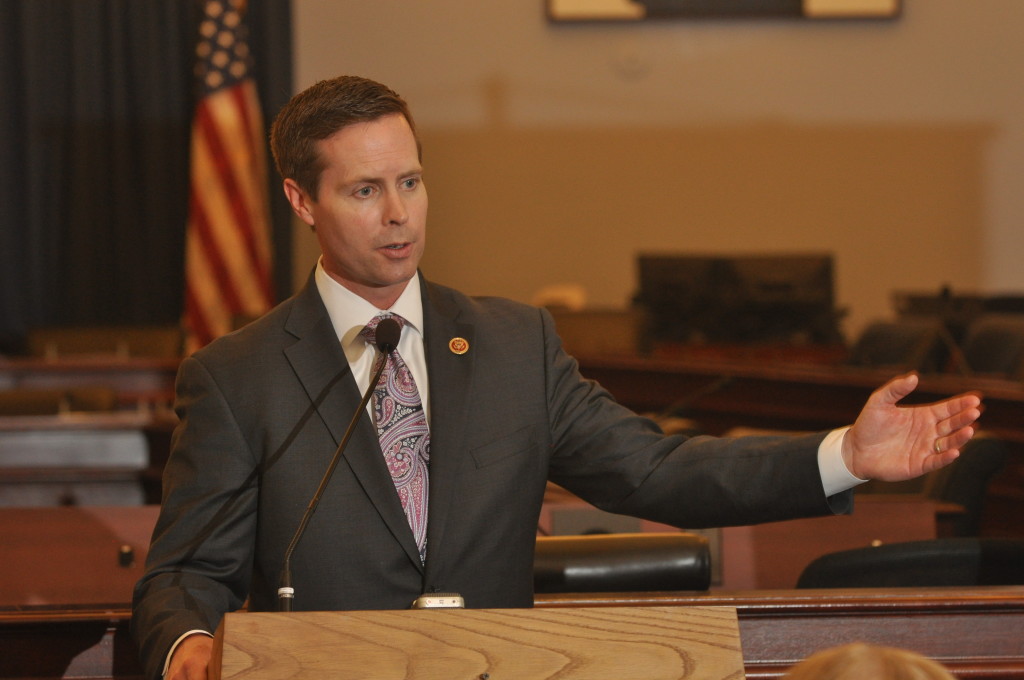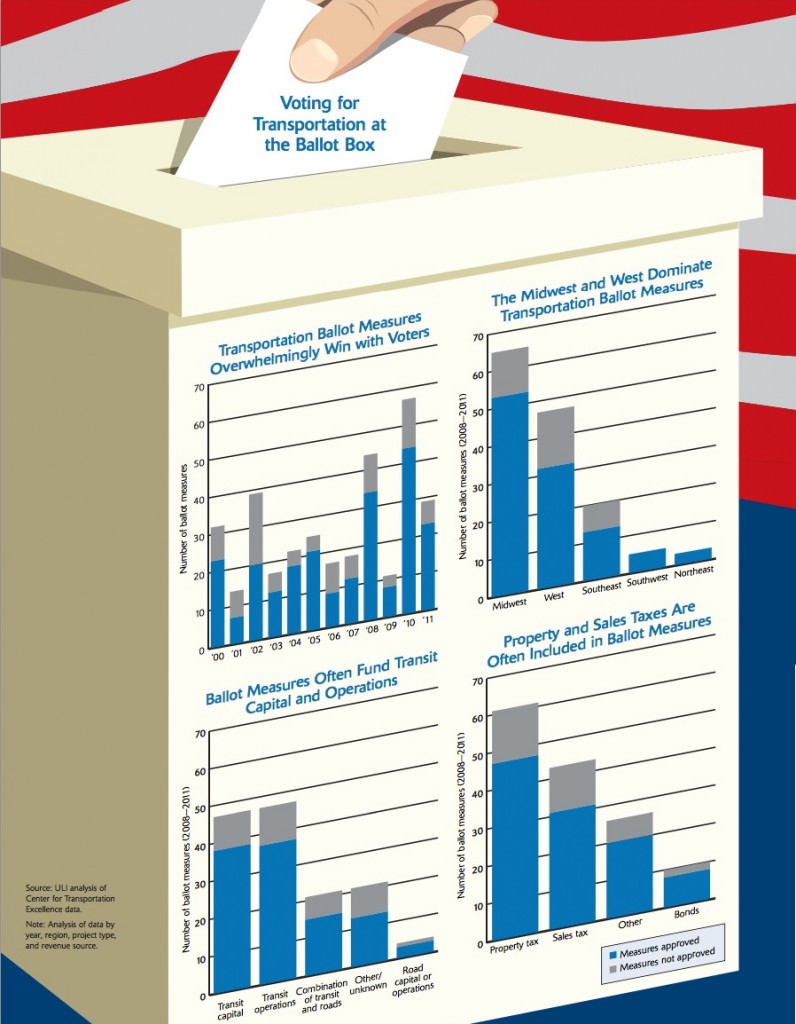Washington State Department of Transportation’s (WSDOT) second annual Innovations and Partnerships conference in Tacoma brought together hundreds of WSDOT staff and transportation experts from local jurisdictions as well as the private and non-profit sectors.
The conference’s purpose is to inspire WSDOT staff and their partners to more effectively engage the public and do more with less, by innovating in how they design and deliver transportation projects. This purpose fits well within WSDOT’s efforts on Practical Solutions, a smart new process that emphasizes public engagement to clearly define transportation problems, and be flexible about addressing them.

“The way we used to do it was design, display and defend,” said Secretary Roger Millar in opening remarks, referring to the old practice of checking the public engagement box rather than engaging with the public and using their feedback to actually shape the project appropriately.
The concept of an annual WSDOT conference was started by Secretary Lynn Peterson last year and continued this year under the leadership of Secretary Roger Millar, but Smart Growth America (SGA) has had a notable influence on it. Ms. Peterson, is now with SGA, and WSDOT hired Mr. Millar from SGA to eventually succeed Ms. Peterson.
Both leaders see shifting WSDOT’s culture as critical to more effectively implement Practical Solutions. For a state bureaucracy with thousands of employees, many of whom have been with the agency for decades, a culture shift is a big task that the conference helps support.
Toward this goal of culture shift, the conference had a strong element of inspiration, including an inspirational speaker from outside the transportation sphere, and speakers on topics that challenge conventional wisdom on transportation planning and engineering.
This year, the inspirational speaker was Lt. Col. Rob ‘Waldo’ Waldman, former Air Force F-16 fighter pilot and author of Never Fly Solo. He spoke about his experiences flying into danger while relying on his fellow pilots and support crew to survive anti-aircraft attacks. He related how those experiences inform the concept of building trusting relationships and challenging yourself and those around you to excel at what you do.
By the end of his motivational talk, he had hundreds of bureaucrats and transportation geeks shouting “push it up” as they mimicked the motion pushing the throttle forward on their own imaginary F-16s.
Breakout sessions and panels aimed at some big picture concepts that challenge the road-heavy conventional wisdom that keeps many state DOTs mired in doing the same old things:
- Chuck Marohn of Strong Towns provided a perspective that challenges the fiscal wisdom of low-density development, showing that a more incremental development in existing downtowns produces more economic value.
- Three WSDOT employees representing Millennials, Generation X and Baby Boomers discussed generational differences and the unique challenges and opportunities in working with each other.
- Robert Bullard gave conference attendees an overview of the emerging field of environmental justice and how WSDOT could incorporate this concept in order to be more inclusive in various aspects of its work
- Oklahoma City Mayor Mick Cornett and former Cincinnati Mayor Mark Mallory shared their experiences in partnering with their state DOTs to deliver (and sometimes block) transportation projects and the significant impacts for the communities they serve.
- A panel on future trends in transportation included Harriet Tregoning, Principal Deputy Assistant Secretary of the Office of Community Planning and Development at HUD; Dan Burden, Director of Innovation and Implementation at Blue Zones; and Ben Stone, T4A’s own Director of Arts and Culture.
We’ll continue to watch and encourage WSDOT’s efforts at innovation and Practical Solutions as they deliver projects from the new $16 billion legislative package that was passed in 2015. Practical Solutions language in that bill commits WSDOT to save 20-40 percent on the earmarked projects even as they engage to ensure they are meeting the needs of local communities.
WSDOT employees are not fighter pilots with their lives on the line if they don’t deliver, but the agency’s reputation is on the line, as are the lives of those who depend Washington’s ferry and highway system to deliver them safely to their destination every day.









